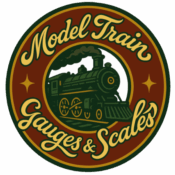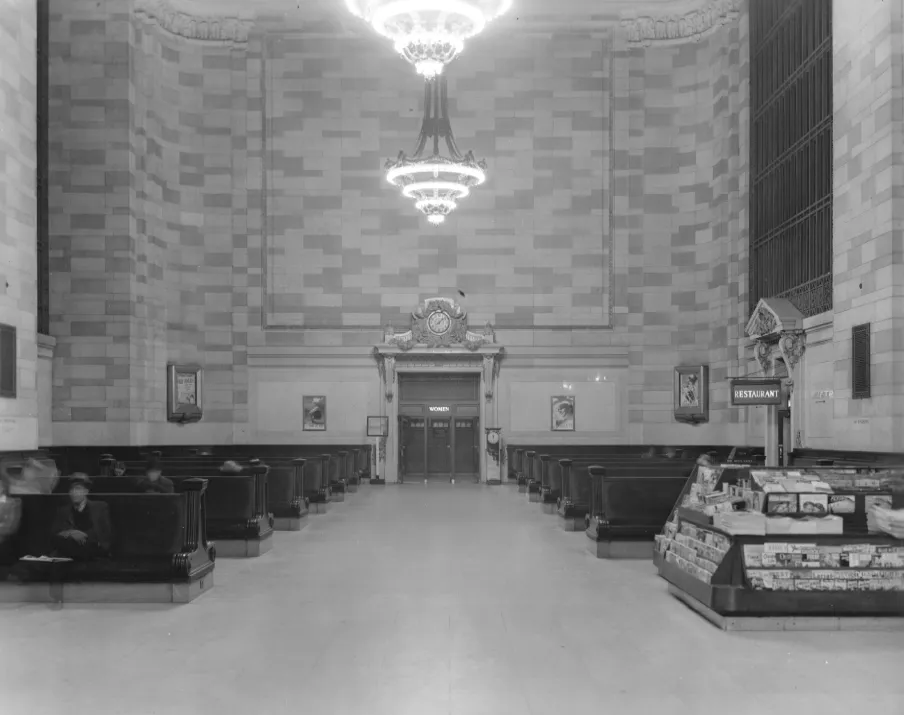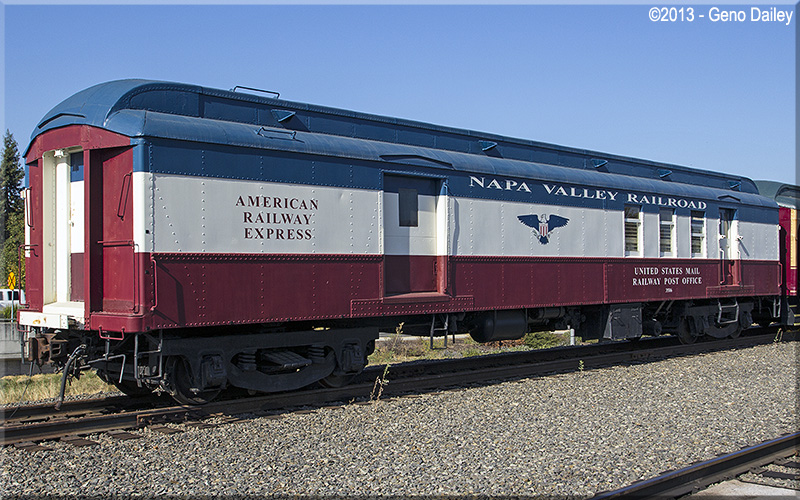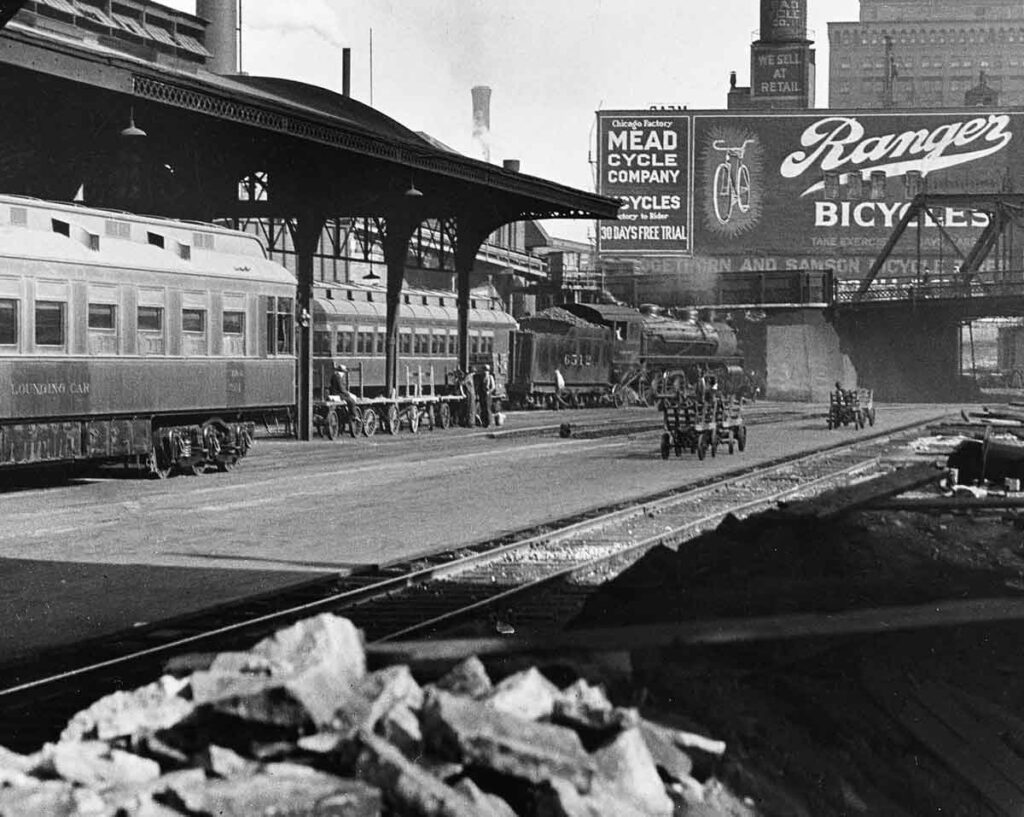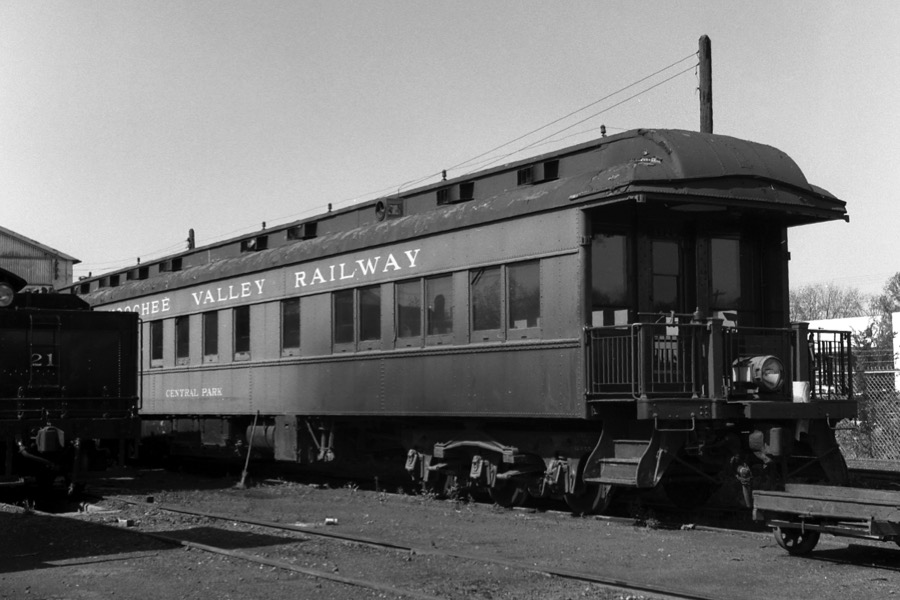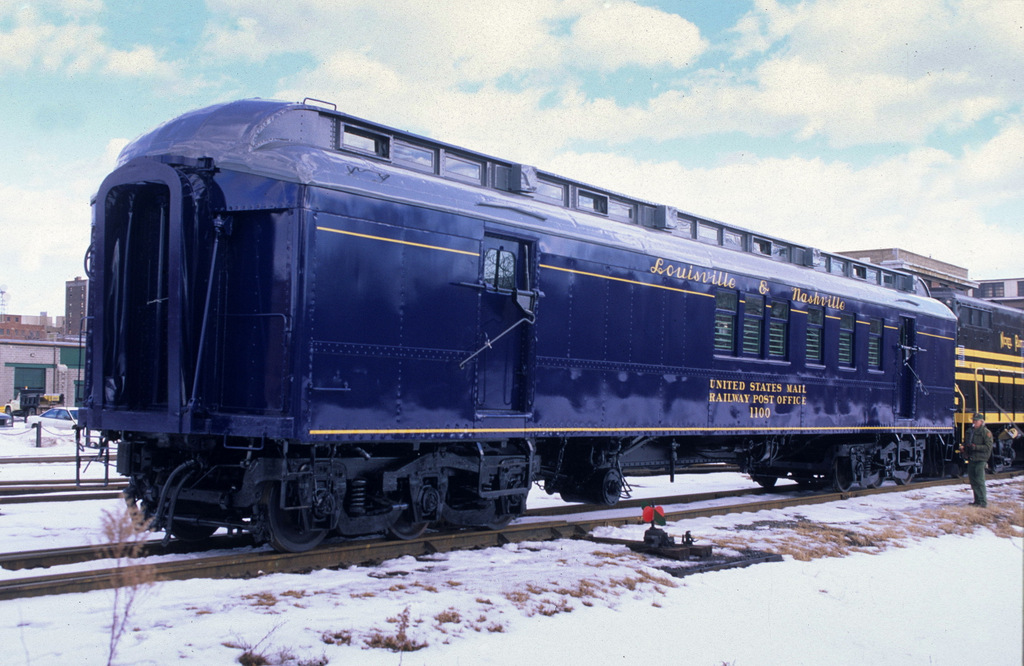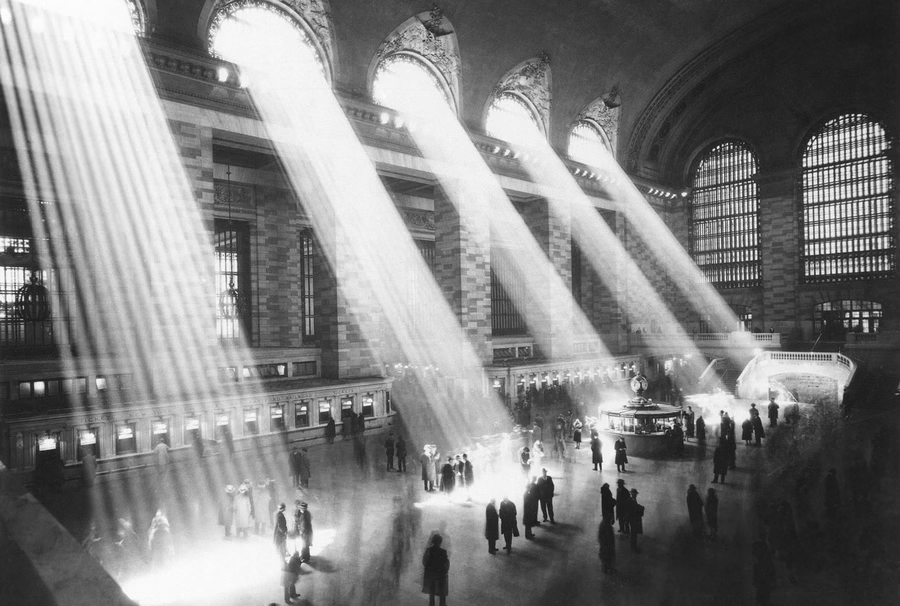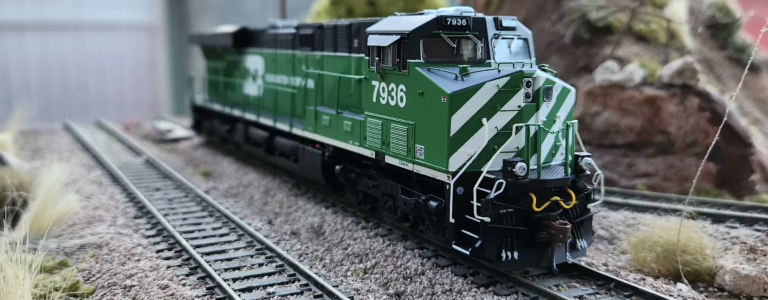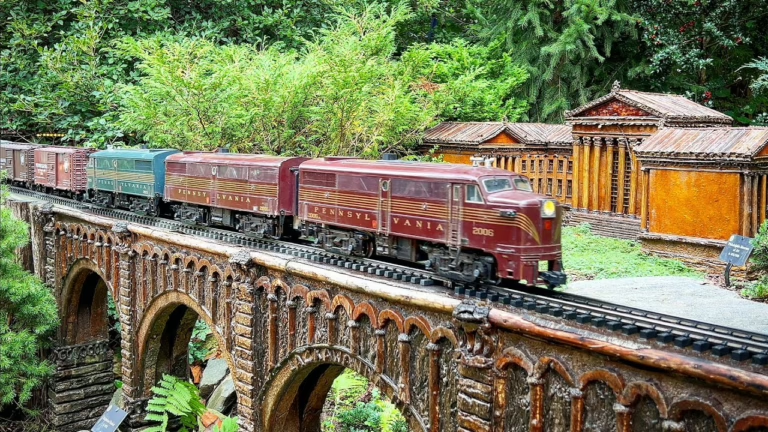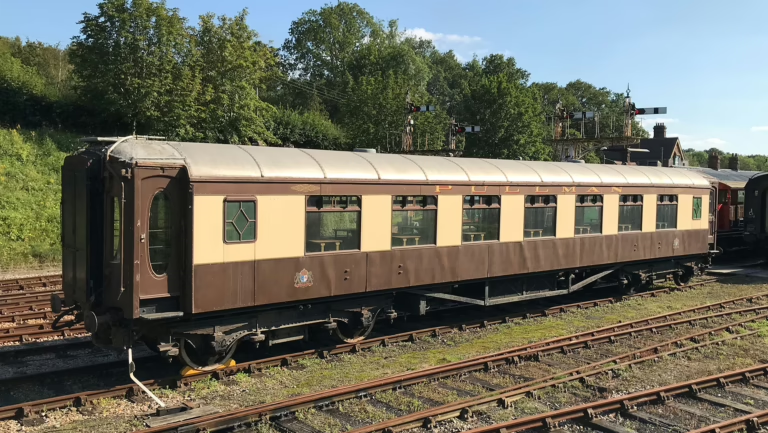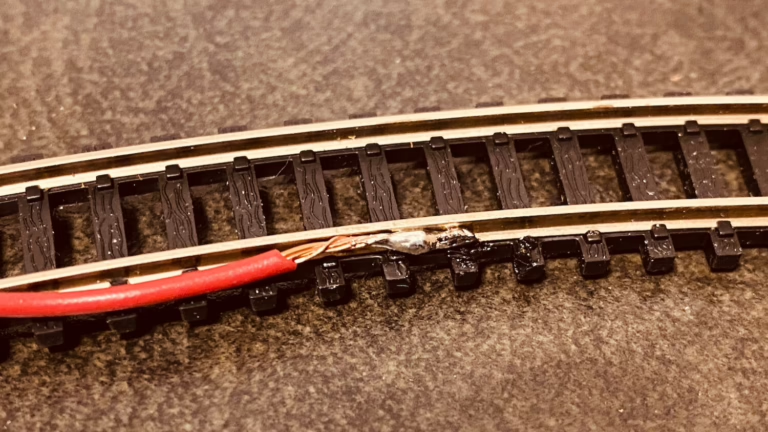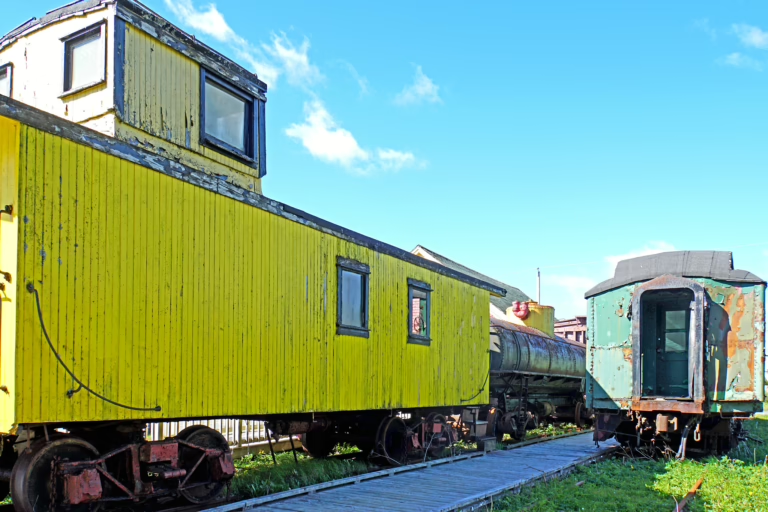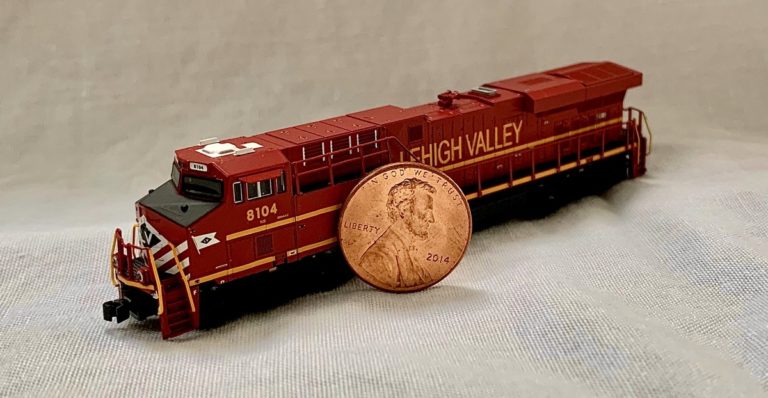The Golden Age of Railroads: How Steam Shaped America’s Rails and Imagination
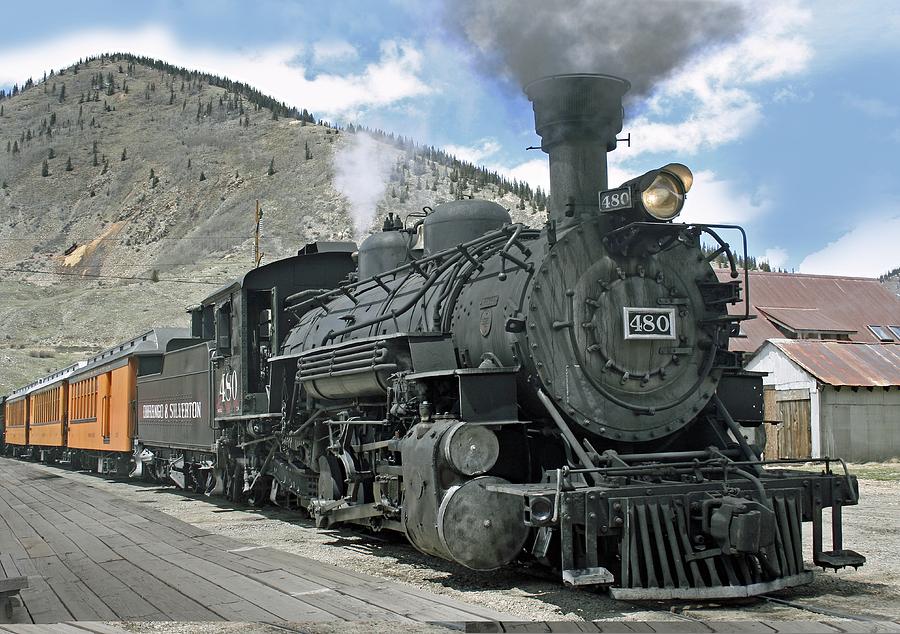
From the late 1800s through the 1940s, the United States entered what historians and railroad enthusiasts call the Golden Age of Railroads. This transformative period marked the peak of steam locomotive innovation, the dramatic expansion of the national rail system, and the rise of legendary rail companies whose legacy lives on in both history and model train layouts. Beyond mere transportation, this was an era where steam power became a cultural force, forging connections across vast distances and capturing the hearts of millions.
The Power of Steam: Driving an Era of Innovation
At the heart of this golden era was the steam locomotive. These powerful machines hauled freight, carried passengers in style, and quite literally fueled the nation’s growth. Early locomotives like the 4-4-0 “American” type gave way to engineering marvels like the 2-8-2 Mikado, 4-6-2 Pacific, and the massive 4-8-4 Northerns. By the 1920s, steam locomotives ran on over 250,000 miles of track, uniting the country in a web of iron and ambition.
Add one to your collection:
🔗 Bachmann Trains – Norfolk & Western Class J 4-8-4 Steam Locomotive (HO Scale)

With distinct chuffs, roaring whistles, and dramatic plumes of smoke, steam engines weren’t just machines—they were symbols of progress. Rail travel became luxurious with Pullman sleeping cars, fine dining experiences, and dome cars offering panoramic views. Steam wasn’t just efficient; it was elegant, ambitious, and undeniably American.
Railroad Companies That Defined the Golden Era
Pennsylvania Railroad
The Pennsylvania Railroad, often referred to as the “Standard Railroad of the World,” was once the largest railroad in the U.S. by both revenue and traffic. Founded in 1846, the PRR reached its golden era in the early 20th century, boasting over 10,000 miles of track and running from New York City to Chicago and St. Louis. Its iconic K4 Pacific steam locomotives became the backbone of passenger service, while its innovations in electrification and freight handling set industry standards. The PRR also ran the legendary Broadway Limited, a premier luxury train rivaling anything else in North America.
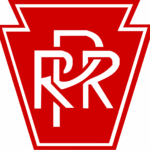
Steam engine inspired by PRR:
🔗Bachmann 84406 HO K4 PRR #5492 PRE-WAR with Slat Pilot

B&O Railroad
Founded in 1827, the B&O Railroad was America’s first common carrier and a pioneer in early steam locomotive development. The B&O played a critical role during the Civil War, providing strategic transportation for Union forces. By the 20th century, it was operating premier passenger trains like the Capitol Limited and developed visually distinctive locomotives like the President Class 4-6-2. The B&O’s influence remains strong in railroad history and model railroading due to its deep roots and innovation.

Model a B&O classic:
🔗 Bachmann Trains – Baldwin 52″ Driver 4-6-0 – DCC Ready Locomotive – B&O® #1355 – HO Scale

Atchison, Topeka and Santa Fe Railway (ATSF)
The Santa Fe Railway captured the spirit of the American Southwest with routes stretching from Chicago to Los Angeles. Founded in 1859, ATSF gained fame for its Super Chief passenger service, often called “The Train of the Stars” due to its popularity with Hollywood celebrities. The railroad’s signature red-and-silver Warbonnet paint scheme became one of the most iconic liveries in railroading. ATSF’s scenic desert and mountain routes have made it a perennial favorite among modelers and historians.

Classic Santa Fe rolling stock:
🔗 Walthers Trainline HO Scale Model Atchison, Topeka & Santa Fe Vision Caboose
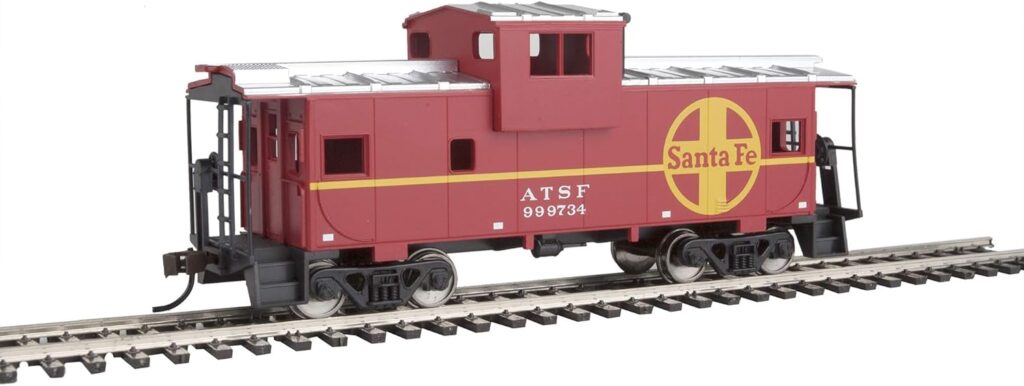
New York Central Railroad (NYC)
The New York Central Railroad, founded in 1853, was a vital link between the Northeast and the Midwest. Known for its speed and efficiency, the NYC operated famous trains like the Empire State Express and the 20th Century Limited, offering high-end travel between New York and Chicago. Its J-class Hudson steam locomotives were technological marvels and became icons of American railroading. The NYC’s commitment to modernity and marketing flair made it a dominant player in both freight and passenger markets.
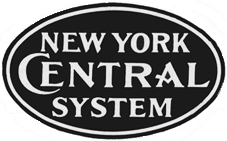
Replicate NYC power on your layout:
🔗BACHMANN Trains – 4-6-4 Hudson – TCS DCC WOWSOUND® Equipped Locomotive – New York Central

Southern Pacific Railroad
Operating across the western United States, the Southern Pacific Railroad was known for innovation, particularly with its unique Cab Forward locomotives. Designed to reduce smoke inhalation in mountain tunnels, these engines placed the cab at the front of the train—a rare but effective configuration. SP also ran extensive freight operations and scenic passenger services like the Daylight trains along the California coast. Its adaptability and engineering creativity made it a standout railroad during the steam era.
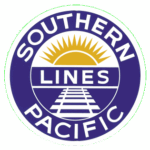
Try a Western U.S. scene:
🔗 Bachmann Trains – USRA 0-6-0 w/Smoke & Slope Tender – Southern Pacific Lines
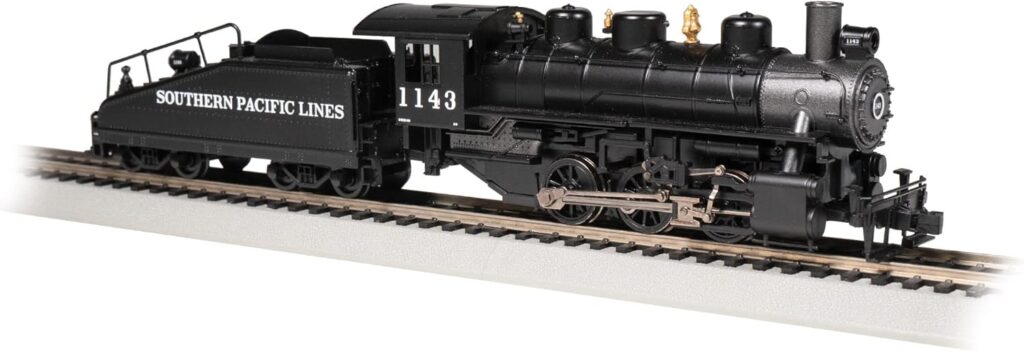
Life Along the Rails in the Steam Era
During this golden era, railroads were more than transportation—they were lifelines that powered nearly every aspect of daily life in America. Trains brought fresh produce from California to New York, ensuring that East Coast cities had access to oranges, lettuce, and grapes year-round. In the Midwest, livestock and grains were transported to massive meatpacking plants and grain elevators, while coal from Appalachia fueled industrial furnaces in Pittsburgh and Detroit. Trains even carried circus acts across the country, with entire shows moving from town to town via specially designed flatcars and sleeper cars. The delivery of the daily mail relied on fast, efficient train service, including the Railway Post Office cars where clerks sorted mail at lightning speed. Terminals like Chicago Union Station, Los Angeles Union Station, and New York’s Grand Central became not only architectural landmarks but also bustling hubs of human activity, complete with restaurants, shops, shoeshine stands, and grand waiting halls that reflected the optimism and energy of the steam era.
From Decline to Legacy
By the 1950s, the rise of automobiles, air travel, and the diesel-electric locomotive marked the decline of steam. The new diesel engines were more efficient, required less maintenance, and could operate without the extensive infrastructure needed for steam, such as water towers and coaling stations. As the diesel revolution swept across the industry, many iconic steam locomotives were scrapped or retired from active service. However, not all was lost. Enthusiasts, preservation societies, and museums rallied to save examples of these powerful machines. Today, their legacy is immortalized in rail museums, historical films, heritage railroads, and increasingly detailed model train layouts that capture the grandeur of steam in miniature.
Modeling the Golden Age: Tips and Product Picks
Bringing the steam era to life in miniature form is one of the most rewarding parts of the hobby. Here’s how to do it:
Final Thought
The Golden Age of Railroads wasn’t just about steel and steam—it was about ambition, connection, and imagination. From the mighty K4s to streamlined Hudsons, from coast-to-coast luxury trains to local freight yards, this was a time when the railroads powered American progress.
Today, you can preserve and relive that magic on your layout. Whether you’re replicating a famous railroad like the PRR or crafting your own vintage route, the steam era offers endless inspiration for model railroading excellence.
Ready to steam ahead into history? Your Golden Age layout awaits.
